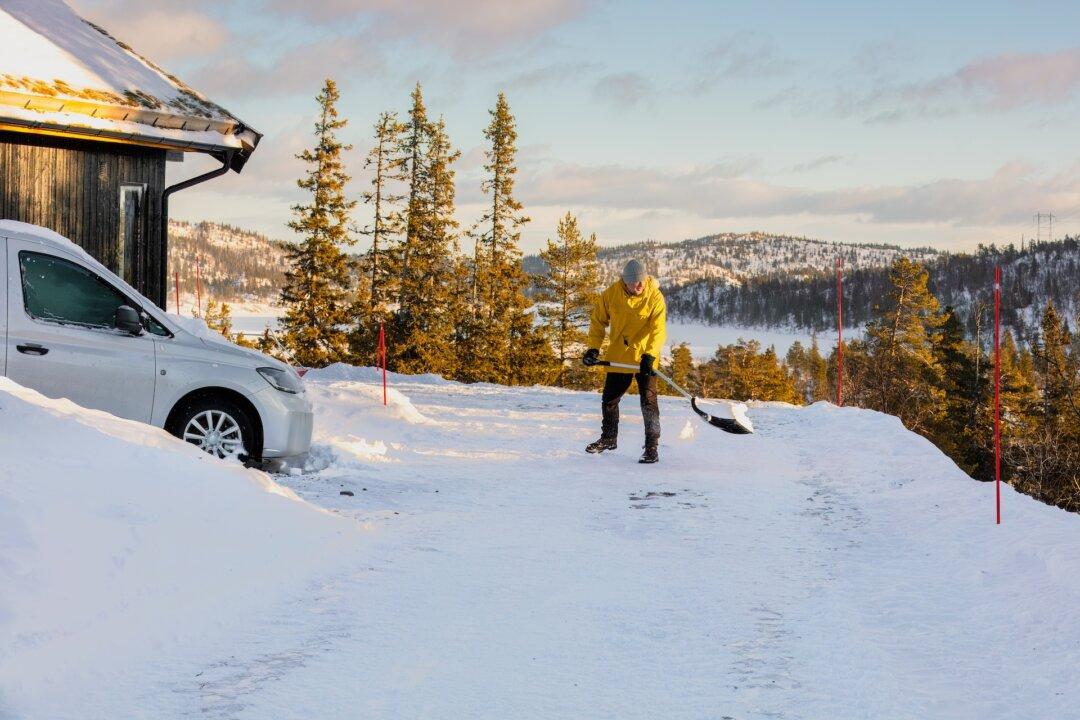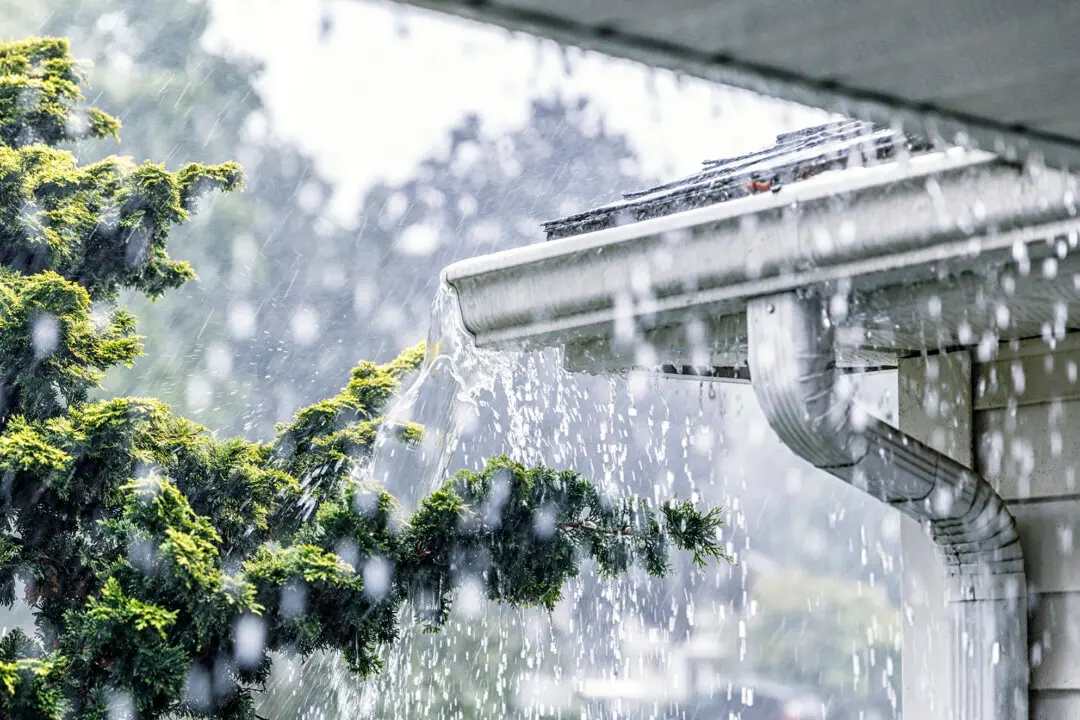Snow may seem harmless. The wonderful fluffy white stuff that comes from the sky is what allows for winter sledding, rousing snowball fights, and masterpiece snowmen—or for the more ambitious, entire snowpeople families.
Snow is a vital part of childhood memories and family Christmas cards. However, the accumulated weight and moisture of up to 20 pounds per square foot, as well as the resulting ice that forms as the snow melts and refreezes, is hard on decks, patios, roofs, landscapes, and more. Improper snow removal can even exacerbate the problem further.





